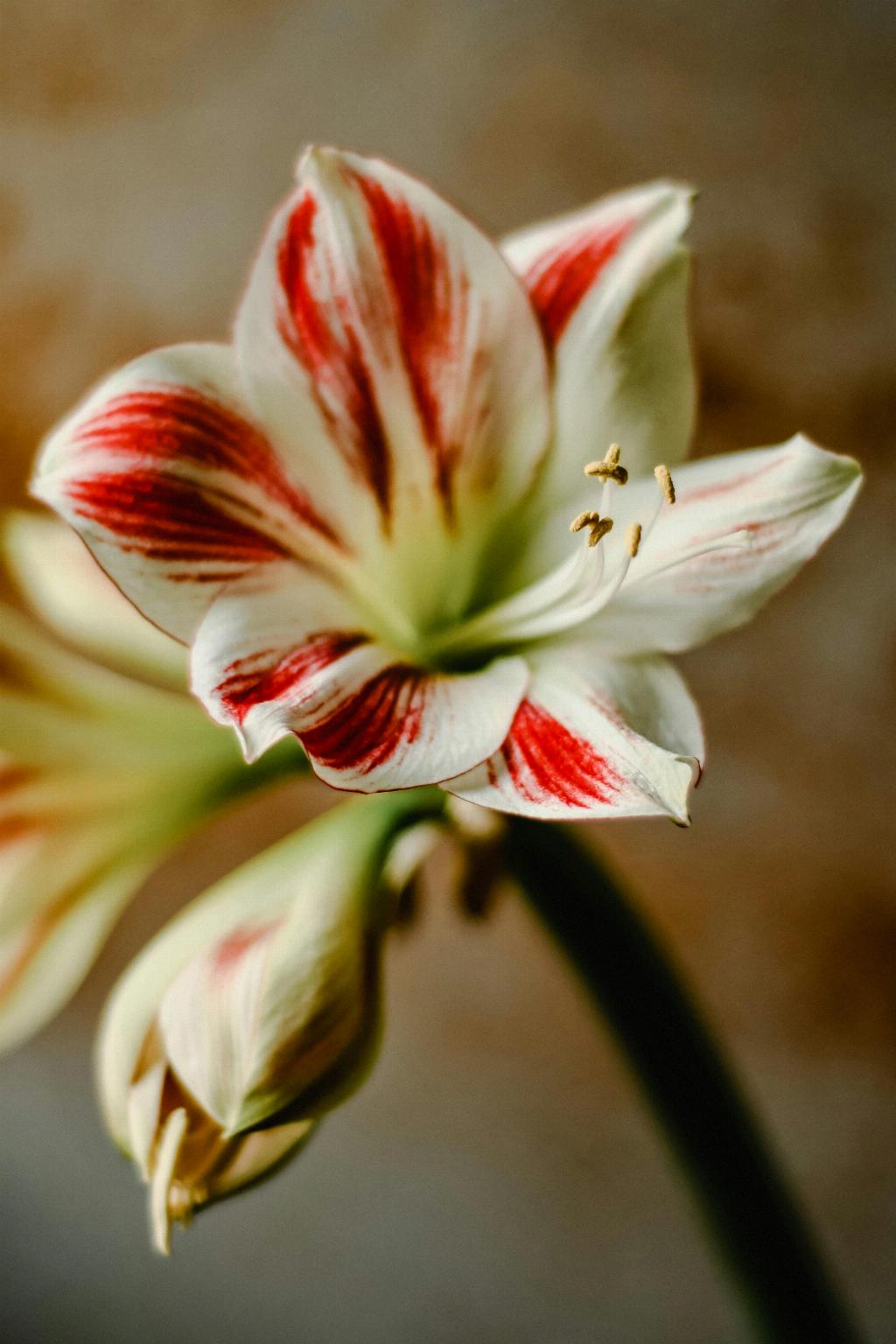Are you eager to see your amaryllis produce beautiful blooms once again? Getting your amaryllis to bloom involves understanding and implementing specific care practices that will encourage the plant to produce its stunning flowers. In this article, we will delve into the essential steps you need to take to help your amaryllis bloom vibrantly.
Start with Proper Care
First and foremost, it’s crucial to provide your amaryllis with the proper care throughout the year. This includes regular watering, adequate sunlight, and appropriate fertilization. By maintaining a healthy environment for your plant, you set the stage for successful blooming in the future.
Allow for Dormancy Period
One key factor in encouraging your amaryllis to bloom is to allow it to enter a dormant period. During this time, the plant should be exposed to cooler temperatures ranging from 45 to 55°F. Placing your amaryllis in a dark location during this period will help trigger the dormancy process.
Timing is Crucial
Timing plays a significant role in getting your amaryllis to bloom. To ensure successful flowering, it’s essential to plan ahead and initiate the dormancy period at the right time. Typically, this process should begin around eight to ten weeks before you desire to see the blooms.
Bring it Back to Light
After the dormancy period, it’s time to bring your amaryllis back into the light. Place the plant in a sunny location where it can receive ample sunlight. Adequate light exposure is essential for the growth and development of the flower stalk.
Resume Regular Watering
As your amaryllis emerges from dormancy and begins to grow, it’s crucial to resume regular watering. Keep the soil consistently moist but not waterlogged to support healthy growth and blooming.
Monitor Temperature and Humidity
Temperature and humidity levels also play a role in the blooming process. Ensure that the environment where your amaryllis is placed has appropriate humidity levels and consistent temperatures to support flowering.
Support with Fertilization
Providing your amaryllis with the necessary nutrients is key to supporting blooming. Consider fertilizing the plant with a balanced fertilizer designed for flowering plants to encourage healthy growth and vibrant blooms.
Prevent Pest Infestations
Keep an eye out for potential pest infestations that could hinder the blooming process. Inspect your amaryllis regularly for pests such as aphids or spider mites and take prompt action to address any issues.
Prune and Deadhead as Needed
Pruning and deadheading spent blooms can help redirect energy towards new growth and future blooms. Remove any fading flowers or yellowing leaves to maintain the plant’s vigor and encourage continuous blooming.
Be Patient and Observant
Finally, be patient and observant as you care for your amaryllis. Understanding the plant’s growth cycle and blooming patterns will help you better anticipate its needs and ensure a successful blooming season.
Enjoy the Blooms
Once you’ve followed these steps and provided your amaryllis with the care it needs, you can look forward to enjoying the spectacular blooms that will adorn your plant. Appreciate the beauty and vibrancy that your amaryllis brings to your home or garden.

